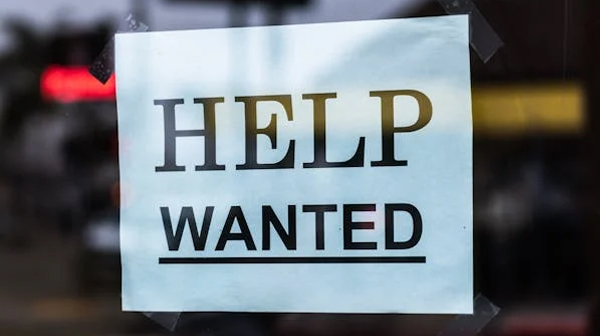 The start of 2020 also means a new round of minimum wage increases across the country. While the federal minimum wage is $7.25 per hour and it hasn’t changed in more than a decade, states continue to adjust their minimum wage to help America’s lowest earners keep up with the cost of living.
The start of 2020 also means a new round of minimum wage increases across the country. While the federal minimum wage is $7.25 per hour and it hasn’t changed in more than a decade, states continue to adjust their minimum wage to help America’s lowest earners keep up with the cost of living.
On January 1, 2020, 21 states increased the minimum wage and 3 others will add a minimum wage increase by the end of the year (Source: National Employment Law Program).
Minimum Wage Increases by State

*Minnesota considers a large employer to be a company that does $500,000 or more in annual revenue or has more than 100 employees.
**Minnesota considers a small employer to be a company that does less than $500,000 in annual revenue and has fewer than 100 employees.
***New York’s minimum wage change took place on December 31, 2019. The next change will take place on December 31, 2020, when the minimum wage will rise to $12.50 per hour.
In addition to these changes at the start of 2020—or in the case of New York on the final day of 2019—there are a small number of states that will increase the minimum wage partway through 2020.
On July 1, 2020, Oregon will increase its minimum wage from $11.25 per hour to $12 per hour.
Also on July 1, 2020, Nevada will require companies that offer health benefits to increase their minimum wage to $8 per hour, up from $7.25 per hour. Minimum wage workers who are not offered employer health benefits will see their wages rise from $8.25 per hour to $9 per hour on July 1, 2020.
Connecticut is expected to increase its minimum wage from $11 per hour to $12 per hour on September 1, 2020.
While a majority of states are pushing toward a $15 per hour minimum wage, five states in the U.S. still operate with the federally mandated minimum wage. They are Alabama, Louisiana, Mississippi, South Carolina, and Tennessee.
Illinois Implementing Two Minimum Wage Increases in 2020
The state of Illinois isn’t just hiking the minimum wage at the start of 2020, it’s also doing it in the middle of 2020. On July 1, 2020, the state’s minimum wage will jump again, this time to $10 per hour. This is all part of the state’s plan to reach the $15 per hour mark by 2025.
How Illinois is Helping Small Businesses with the Minimum Wage Increase Through Tax Credits
Luckily for small businesses, state legislators recognize that two minimum wage increases over six months can be a major burden for small businesses. That’s why the state has set aside money for tax credits. Small businesses with 50 employees or fewer will have to adhere to the state’s minimum wage increases but can apply for credits through form IL-941.
The maximum tax credit allowed will be 25 percent of the difference between the new minimum wage and what the employee was previously paid.
Preparing for Minimum Wage Increases in Your States
State lawmakers try to give small businesses as much warning as possible when it comes to minimum wage increases. In many states, the increases are not just a one-time deal but something that occurs annually. You must be aware of what your state lawmakers are doing and when those changes are set to take effect so that you can properly prepare yourself, your business, and your employees.
Run the Numbers
Before a minimum wage increase takes place, run through the numbers. Calculate what kind of increase that means weekly, bi-weekly, monthly, and annually for your expenses.
You want to remember that an increase of $1 more per hour in wages is much more than that when it comes to the cost of doing business. It also means an increase in Social Security, unemployment, disability insurance, and workers’ compensation. When you’re calculating what you can afford, make sure that you take this into account as well.
Make Your Business More Efficient
More often than not, an increase in the minimum wage also means you’ll need to increase the efficiency of your business. Look at your business model and see if there are ways that you can be more efficient. See if there is fat you can trim.






